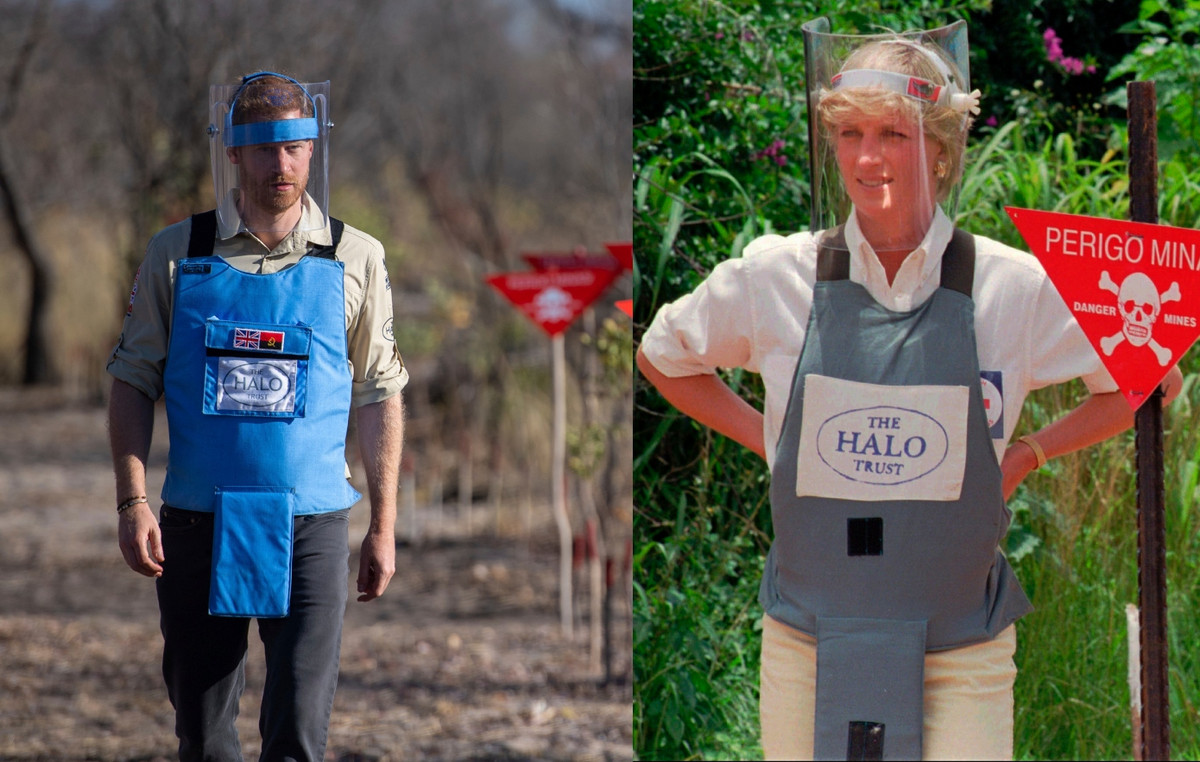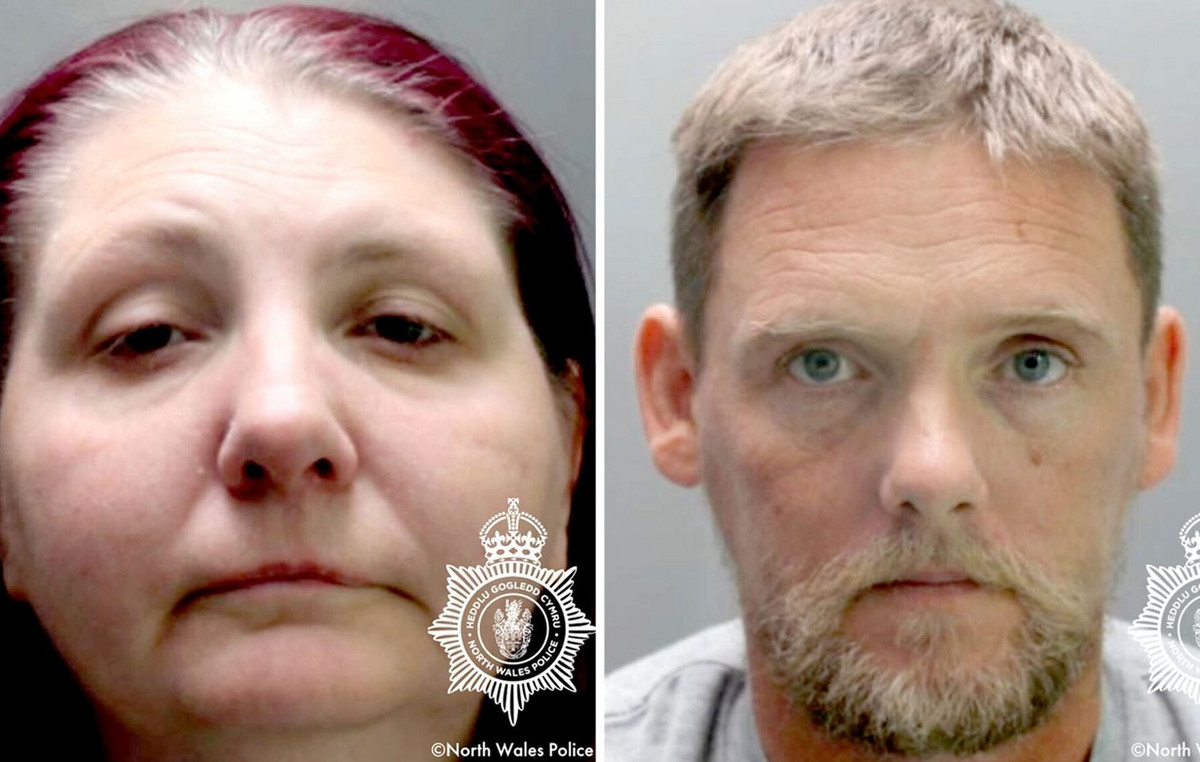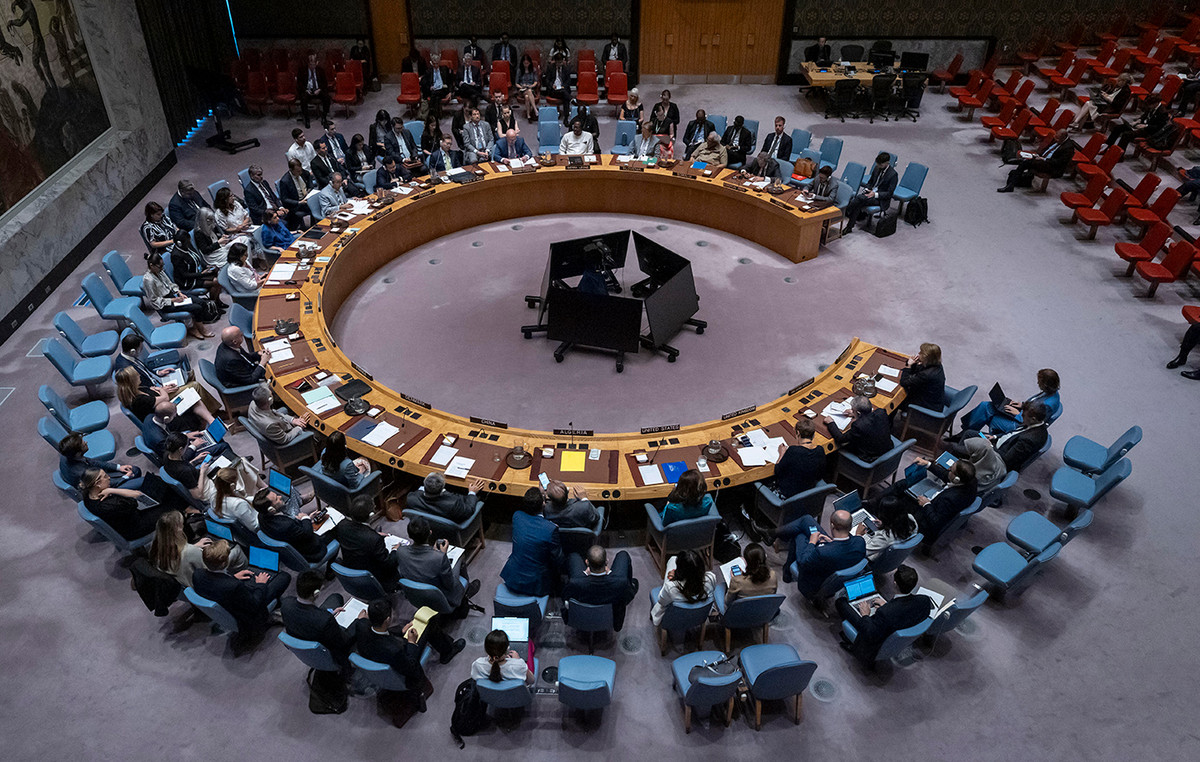The discovery of a tiny radioactive capsule lost on the side of a remote road in Western Australia raises many questions. Not least: how she escaped layers of radiation-proof packaging loaded onto a moving truck.
It’s one of many intriguing aspects of a case that investigators will be examining over the coming weeks as they try to piece together a timeline of the capsule’s movements from Jan. 12, when it was packed for transport, to Feb. 1, when a recovery team found on the side of the road.
The capsule – just 8 by 6 millimeters – was used in a density gauge installed in a tube at Rio Tinto’s Gudai-Darri iron ore mine to measure the flow of material through the feeder.
Rio Tinto said in a statement on Monday that the capsule was packaged for transport to Perth, 1,400 kilometers away, with its presence inside the package confirmed by a Geiger counter before being transported by a third-party company.
Normally, the trip would take over 12 hours by road, but about two hours later, the capsule fell out of the vehicle as it was traveling south and somehow crossed a traffic lane, ending up six feet from the north side of the road. two-lane highway.
Lauren Steen, general manager of Radiation Services WA, a consultancy that draws up radiation management plans, said industry insiders were as baffled as the public when they learned the capsule was missing.
“The whole team was scratching their heads. We couldn’t figure out what had happened,” said Steen, whose company was not involved in the disappearance.
“If the source was placed in certified packaging and transported under all code of practice requirements, then it is an extremely unlikely event – one in a million,” she said.

How was the capsule lost?
The truck carrying the capsule arrived in Perth on 16 January, four days after it left the Gudai-Darri iron ore mine. But it wasn’t until January 25, when workers from SGS Australia went to unpack the meter for inspection, that it was discovered missing.
In a statement, SGS Australia said it was contracted by Rio Tinto to pack the capsule, but had nothing to do with its transport, which was handled by a “specialized transporter”.
“We performed the contracted service to pack the equipment at the mine site and unpack it after transport using qualified personnel for our client in accordance with all rules and regulations,” he said.
“The transport of the order, organized by our customer and delegated to a specialized transporter, was not within the scope of SGS services. Our personnel noticed the loss of source in our Perth laboratory upon opening the package and reported the incident immediately.”
The name of the company hired to transport the package was not disclosed.
The missing capsule triggered a six-day search along a stretch of the Great Northern Highway. Then, on Wednesday morning (1st), a car equipped with special equipment traveling south of the small town of Newman detected a higher radiation reading. Portable devices were then used to enhance the capsule nestled in the earth.
What are the rules for moving radioactive substances?
In Australia, each state has its own laws on the handling of radioactive substances and codes of conduct that comply with guidelines set by the Australian Nuclear and Radiation Safety Agency (ARPANSA), a government body that works closely with the International Energy Agency. (IAEA) and the World Health Organization (WHO).
In Western Australia, the rules are governed by the Radiation Safety Act 1975, which Steen says should be revised. “It hasn’t been rewritten since the ’70s, so I think that speaks for itself,” she said.
Steen said that over the decades, technological advances made using radiation sources in mining equipment much safer – and because they were safer, the devices were being used more often. As of 2021, more than 150 projects were operating in Western Australia, the hub of the country’s mining exports, according to the state’s Board of Minerals and Energy.
Under the Radiation Safety Act of 1975, only specially trained and licensed operators can package radioactive substances, but different rules apply to contractors hired to transport them, Steen said.
“Any transport company can transport radioactive material as long as it has a license to do so,” she said.
According to the law, this license can be obtained by taking a one-day course and passing a test certified and approved by the regulator.
Licensee must supervise a transportation plan submitted to the regulator, but need not personally supervise travel. There are no rules on the type of vehicles used for transport.
Steen clearly says something went wrong – and she hopes the investigation results will be shared with the radiation community so they can avoid such problems in the future.
Discussion has already begun about the need for tougher penalties – in Western Australia, mishandling radioactive substances carries a fine of just A$1,000 (US$714) – a figure described as “ridiculously low” by Australian Prime Minister Anthony Albanese told reporters on Wednesday.

Did the missing bolts allow the capsule to escape?
The rules on packaging radiation sources depend on the amount of radiation they emit. In some cases, the device can be encapsulated in three layers. In the case of the capsule, the gauge can be considered a layer of protection before being placed in an “overpack”, a container that has probably been closed with screws.
In a statement, the Department of Fire and Emergency Services (DFES) said that when the package was opened, the gauge was broken, missing one of the four mounting screws. Referring to the capsule, the statement added: “The source itself and all the gauge screws were also missing.”
One theory investigators may look into is whether the gauge broke and the capsule fell out of the package through a hole used to secure the lid.
It is expected to take several weeks for the Radiological Board to send its report to the Western Australian minister of health. Meanwhile, Rio Tinto is conducting its own investigation.
CEO Simon Trott said the company would be willing to reimburse the government for costs associated with the search – if asked.
Western Australia Emergency Services Minister Stephen Dawson said the offer was appreciated but the government would wait for the outcome of the investigation to apportion blame.
He said he did not know how much the search cost, but at least 100 people were involved, including police, fire, health department and defense force personnel.
Officials from the National Emergency Management Agency, the Australian Organization of Nuclear and Scientific Technology and the Australian Agency for Radiation Protection and Nuclear Safety also attended.
On Thursday, relieved DFES officials released new footage of the capsule being flown to Perth, where it will be kept safely in a facility.
This time, he traveled in a convoy of closed white vehicles – with large stickers warning of the presence of a radioactive substance.
Source: CNN Brasil
Bruce Belcher is a seasoned author with over 5 years of experience in world news. He writes for online news websites and provides in-depth analysis on the world stock market. Bruce is known for his insightful perspectives and commitment to keeping the public informed.







